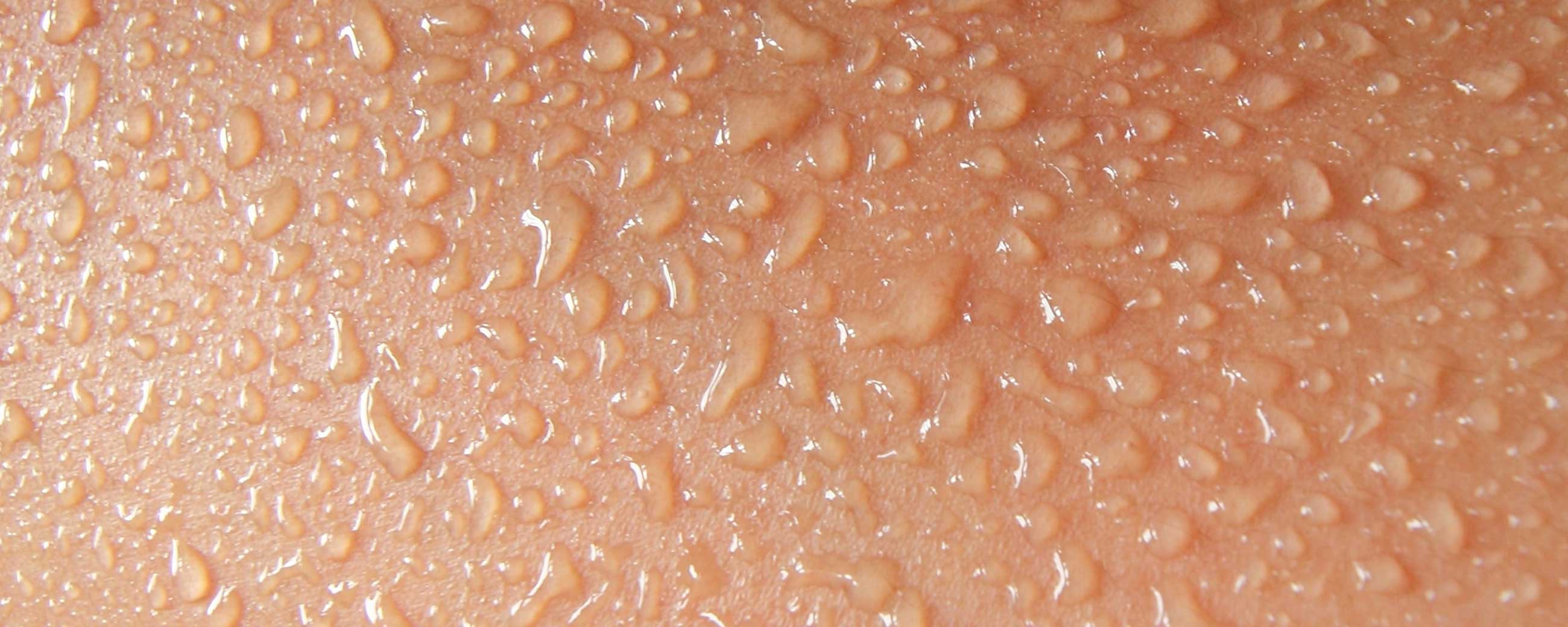What is ketoacidosis?
This is a distinct pathologic state that happens when insulin levels are extremely low, such as in a person with type 1 diabetes who cannot produce insulin. It is often called diabetic ketoacidosis or DKA. In this case ketone production redlines, resulting in dangerously high ketone concentrations that can exceed 20 mmol/L, an order of magnitude higher than typical values in nutritional ketosis. Except for type 1 diabetes or other conditions associated with insulin insufficiency (e.g., people with advanced type-2 diabetes who have lost most or all of their capacity for insulin production), a well-formulated ketogenic diet is associated with a built-in safety mechanism thanks to negative feedback inhibition that prevents ketones from exceeding 5 mmol/L (Taggart, 2005).
Citations
Taggart AKP, Kero J, Gan X, et al. (D)-β-Hydroxybutyrate Inhibits Adipocyte Lipolysis via the Nicotinic Acid Receptor PUMA-G. J Biol Chem. 2005; 280:26649-26652. doi: 10.1074/jbc.C500213200




